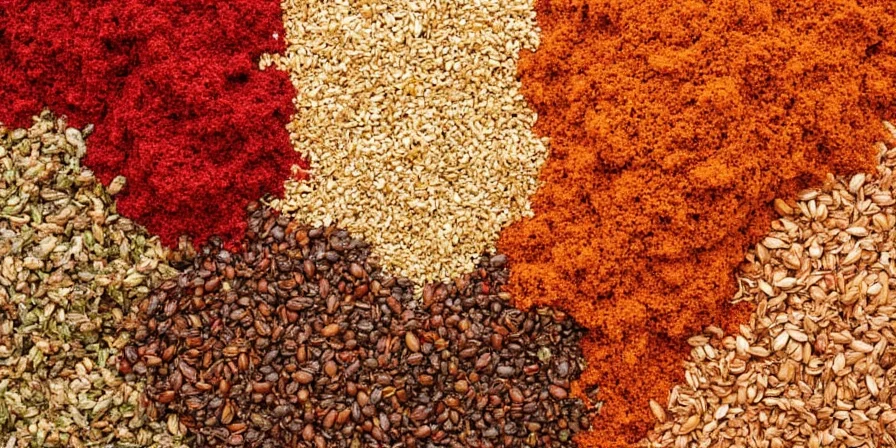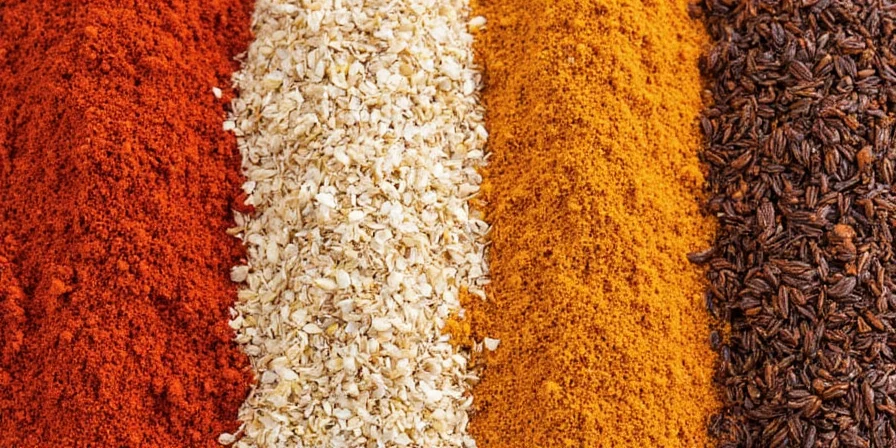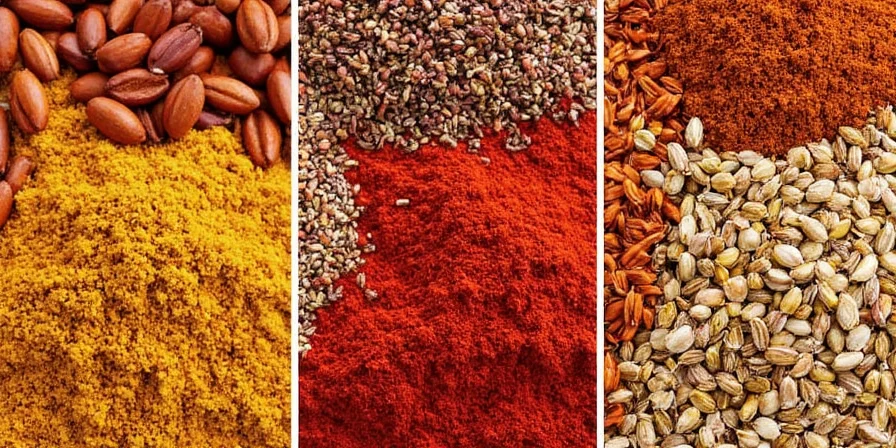Vietnamese Food Spices: A Flavor-Packed Journey Through Global Spice Traditions
If you've ever bitten into a steaming bowl of pho and felt your taste buds throw a party, you can thank Vietnamese food spices. These aromatic treasures are the unsung heroes behind Vietnam's iconic dishes. In this article, we're taking a deep dive into the world of Vietnamese food spices, exploring their cultural significance, culinary roles, and how to use them like a pro in your own kitchen.
Table of Contents
- A Quick Introduction to Vietnamese Spices
- Top 7 Vietnamese Food Spices You Should Know
- The Cultural Role of Spices in Vietnamese Cuisine
- Pro Tips for Using Vietnamese Spices at Home
- Spice Comparison Chart: Fresh vs. Dried vs. Ground
- Global Spice Traditions: How Vietnam Fits Into the Bigger Picture
- Conclusion
A Quick Introduction to Vietnamese Food Spices
Vietnamese cuisine is all about balance—sweet, salty, sour, spicy, and umami must coexist in harmony. While herbs play a starring role, spices are the backbone that gives depth and complexity to many classic dishes.
Unlike heavily spiced Indian or Thai cuisines, Vietnamese cooking uses spices more subtly. They often simmer quietly in broths or provide a gentle warmth in marinades, allowing fresh ingredients to shine through while adding layers of flavor.





Top 7 Vietnamese Food Spices You Should Know
- Star Anise: The soul of pho broth, this licorice-flavored pod adds warmth and depth.
- Coriander Seeds (Sao Tử): Toasted and lightly crushed, these add earthy notes to soups and stews.
- Black Pepper (Tiêu): Used generously in southern Vietnam, especially in dishes like pepper steak.
- Fish Sauce (Nước Mắm): Technically a seasoning, but its pungent saltiness plays a role similar to spices in balancing flavors.
- Turmeric (Nghệ): Brings color and mild bitterness to bánh xèo (sizzling pancakes) and curry blends.
- Cinnamon (Quế): Found in slow-cooked meats and broth-based dishes for subtle sweetness.
- Five-Spice Powder: A blend of star anise, cinnamon, cloves, fennel seeds, and Szechuan pepper, used in grilled and braised dishes.
The Cultural Role of Spices in Vietnamese Cuisine
In Vietnam, spices aren’t just about taste—they’re woven into the country’s history, medicine, and daily life. Many spices were introduced during colonial times or through trade routes from China and India, but they’ve been adapted uniquely in Vietnamese kitchens.
For example:
- Star anise and cinnamon were originally imported but are now staples in northern dishes like pho.
- Black pepper has long been grown in Vietnam’s central highlands and is considered one of the finest in the world.
- Turmeric is not only used in food but also in traditional medicine and religious rituals.
Pro Tips for Using Vietnamese Spices at Home
Want to bring authentic Vietnamese flavor to your cooking? Here are some practical tips:
- Toasting whole spices like coriander seeds or black peppercorns before grinding enhances their aroma.
- Add spices early in slow-cooked dishes to let the flavors infuse the broth gradually.
- Beware of overpowering: Vietnamese cuisine values subtlety, so start with small amounts.
- Use fresh fish sauce—it acts as both salt and spice in many recipes.
- Store ground spices in air-tight containers to preserve freshness and potency.
Spice Comparison Chart: Fresh vs. Dried vs. Ground
| Spice | Fresh Use | Dried Use | Ground Use |
|---|---|---|---|
| Star Anise | Rarely used fresh | Whole pods added to broths | Used sparingly in spice blends |
| Coriander Seeds | Not typically used fresh | Crushed or toasted in soups | Common in spice powders |
| Black Pepper | Fresh cracked over dishes | Whole peppercorns in marinades | Used in rubs and sauces |
| Cinnamon | Not typically used fresh | Sticks in soups or braises | Blended into five-spice powder |
| Turmeric | Fresh root grated into dishes | Dried slices for soups | Ground for curries and marinades |
Global Spice Traditions: How Vietnam Fits Into the Bigger Picture
Vietnam sits at the crossroads of Southeast Asia, influenced by Chinese, Indian, French, and indigenous traditions. This unique position has made its spice palette diverse yet balanced—a perfect middle ground between the bold heat of Thailand and the complex layering of Indian masalas.
While Indian cuisine might rely on a dozen spices per dish, Vietnamese cooks often use just two or three, letting each one speak clearly without overwhelming the palate. Similarly, compared to the French influence seen in patés and baguettes, Vietnamese spices retain their native identity even when used in fusion settings.
Why You Should Care About Vietnamese Spices
- They offer a gateway to understanding the delicate balance of Vietnamese cooking.
- Many have health benefits—from anti-inflammatory turmeric to digestive-friendly coriander.
- They can transform everyday meals into aromatic masterpieces without requiring advanced techniques.
Conclusion
Vietnamese food spices may fly under the radar compared to other global spice giants, but their quiet power and nuanced impact make them indispensable in any serious cook’s pantry. Whether you’re simmering a batch of pho or marinating grilled pork, the right spice can elevate your dish from ordinary to extraordinary.
So next time you’re craving something fragrant, flavorful, and full of soul, reach for those little spice jars and let Vietnam’s rich spice traditions take center stage.











 浙公网安备
33010002000092号
浙公网安备
33010002000092号 浙B2-20120091-4
浙B2-20120091-4